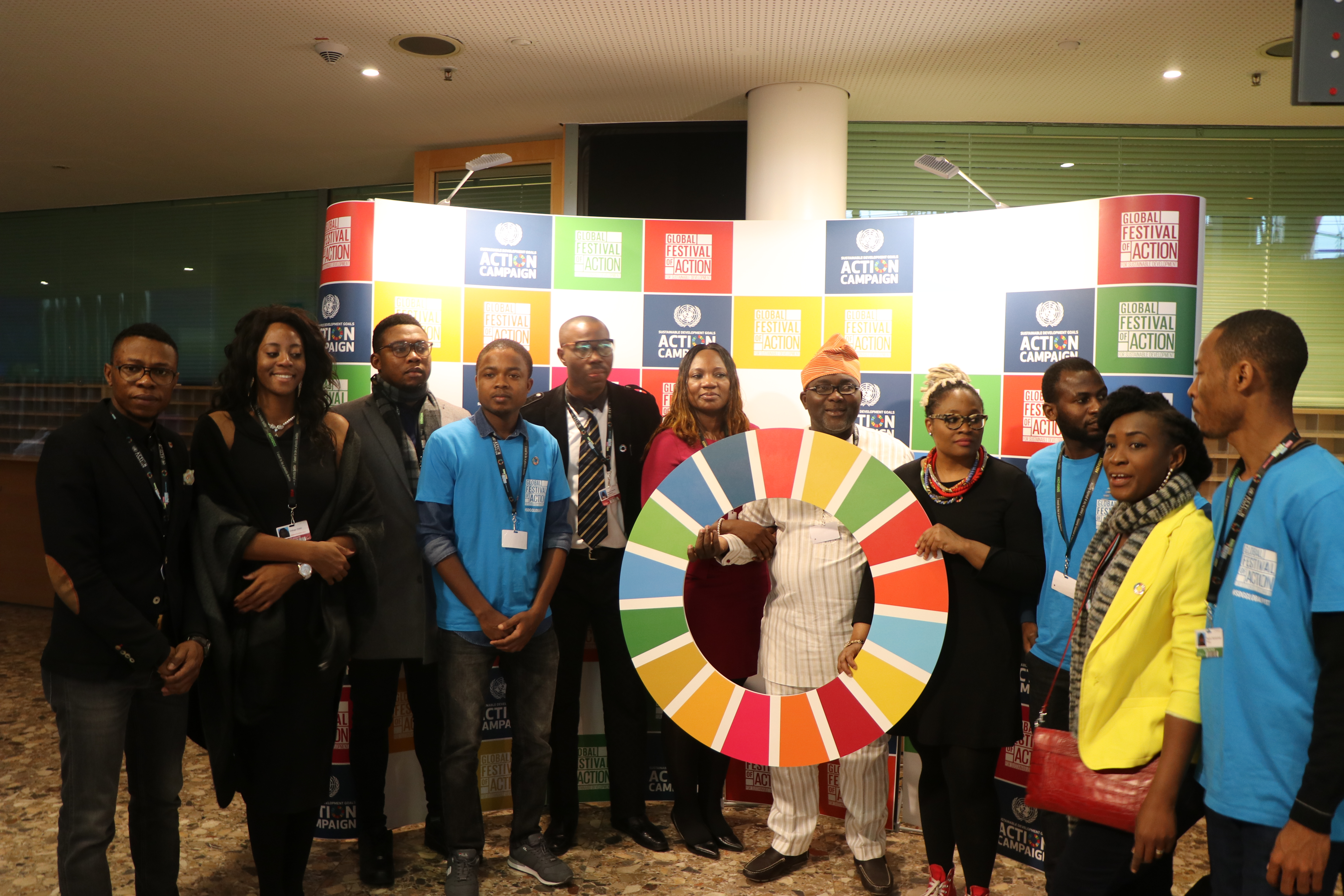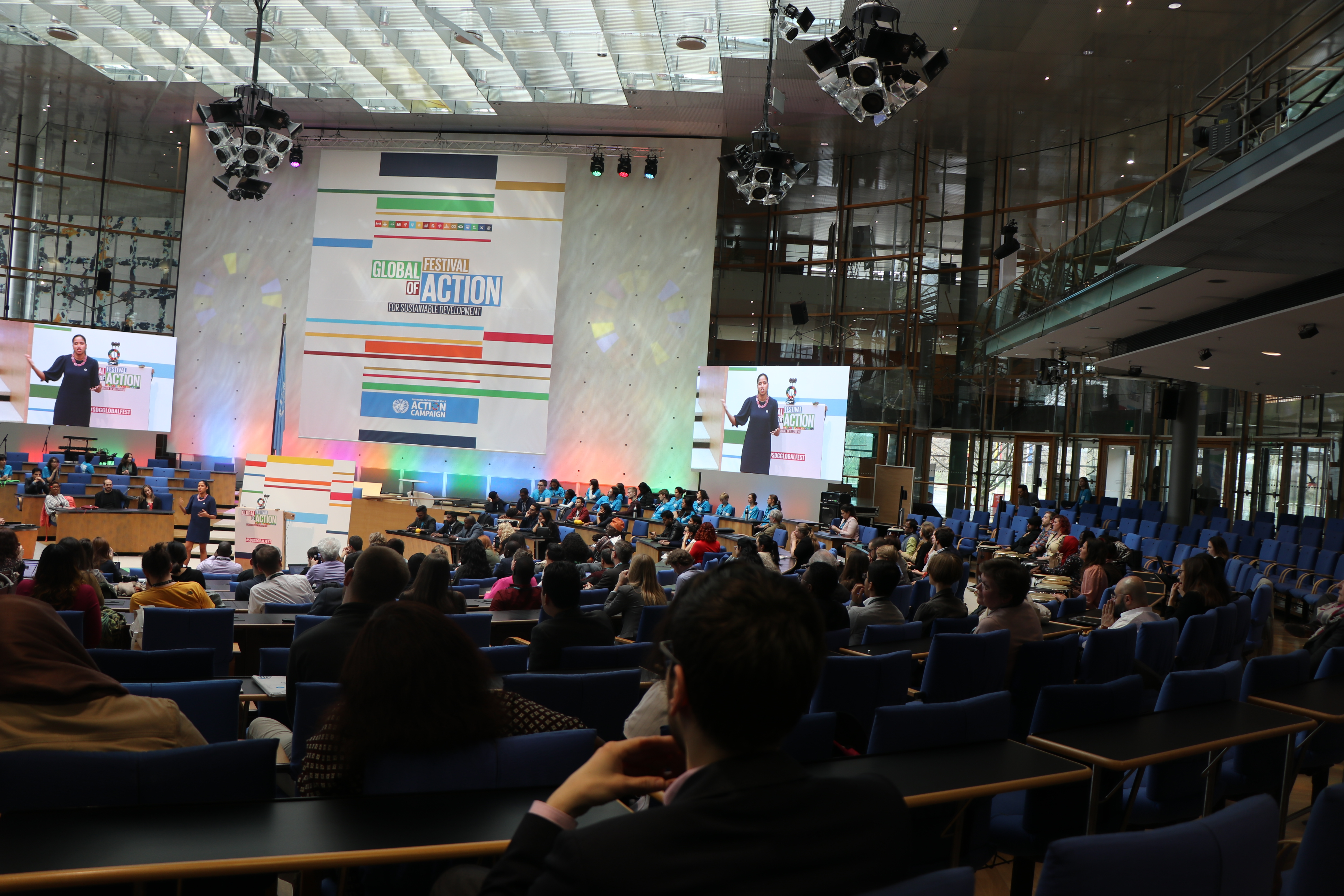


According to the National Population Commission (NPC) Nigeria’s current population is said to be at 198 million people with urban population growing at an average annual growth rate of about 6.5 per cent. Nigeria remains the most populous in Africa and the seventh globally, with a prediction that by 2050, Nigeria will become the third most populated country in the world. This is not without its innate public health challenges, especially in a nation with a dwindling funding of the health sector; Nigeria is spending only #1500 annually per citizen as compared to 2000GBP in the United Kingdom.
Ensuring healthy lives and promoting the well-being for all at all ages is essential to sustainable development. Truth be told, significant strides have been made in increasing life expectancy and reducing some of the common killers associated with child and maternal mortality. Major progress has been made on increasing access to clean water and sanitation, reducing malaria, tuberculosis, polio and the spread of HIV/AIDS. However, many more efforts are needed to fully eradicate a wide range of diseases and address many different persistent and emerging health issues. Below are some of the facts and figures on the journey so far, where we are and what next.
Child health
Maternal health
HIV/AIDS, malaria and other diseases
Health is a vital component of the sustainable development agenda; it underpins every theme and goals. Goal three seeks to ensure healthy lives and promote well-being for all at all ages by grouping together HIV and AIDS, maternal newborn and child health, tuberculosis, malaria, hepatitis, water-borne diseases and other communicable diseases.
At AFEI, as a genuine lifeline to the needy, our focus is to bridge the poverty gap through a system that ensures that our beneficiaries are sustained through their challenges or struggles; we provide charity to the less privileged and support their well-being.
Alleviate pain and suffering, strive to achieve our goals and sustain it through the coming generation. This we will achieve through series of our monthly programs such as Medical Outreaches to market places, public schools and religious houses, also partnership with Traditional Birth Attendants for training and Re-Training on safe practices, accessible platforms for Q&As and counseling clinics for adolescent health via online and on-site programs.
At AFEI, not only do we have a platform through which families are benefiting, school children are provided career counseling and prayed for, also BACK TO SCHOOL programme with which we provide out-of-school children all they need to go back to school and become academically sound. So far, 80 schools have been adopted across 23 states of Nigeria, 1104 scholarships awarded, and over 1200 teachers trained; and now we extend our tentacles to ensure healthy lives and promote well-being for all at all ages.
Assured Future Empowerment Initiative has reaffirmed its commitment to providing free medical services to citizens of Nigeria and other African countries.


28, Isale Agbede, Adeniji-Adele, Lagos Island, Lagos Nigeria.
33, Major Ssanyin Ave, Off Sijuwade - Akure, Ondo State.
2nd Floor, Suite 1, Chayoobi Event Centre, Agba Dam Road, Gaa Akanbi, Ilorin Kwara State.
+2348039563684, +2348035307363